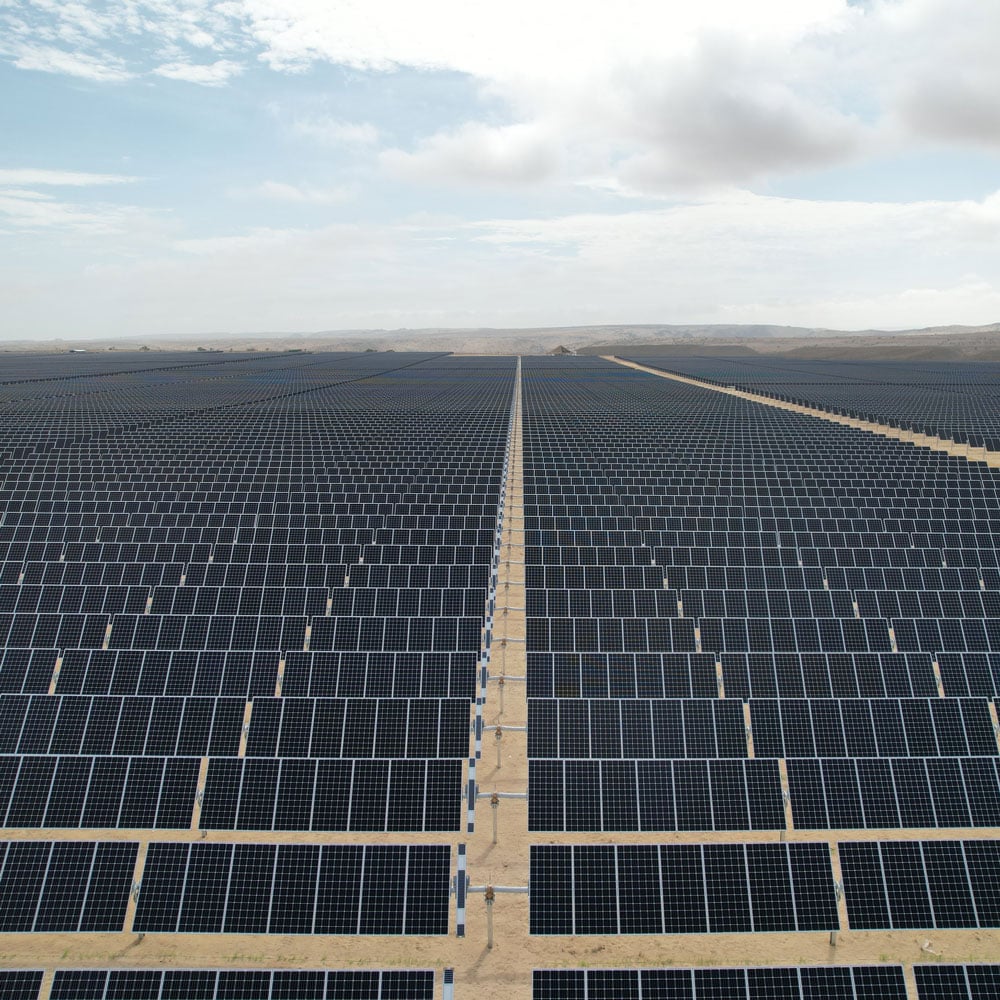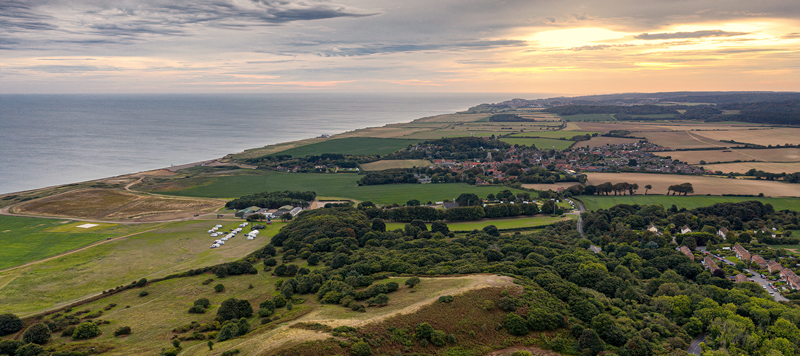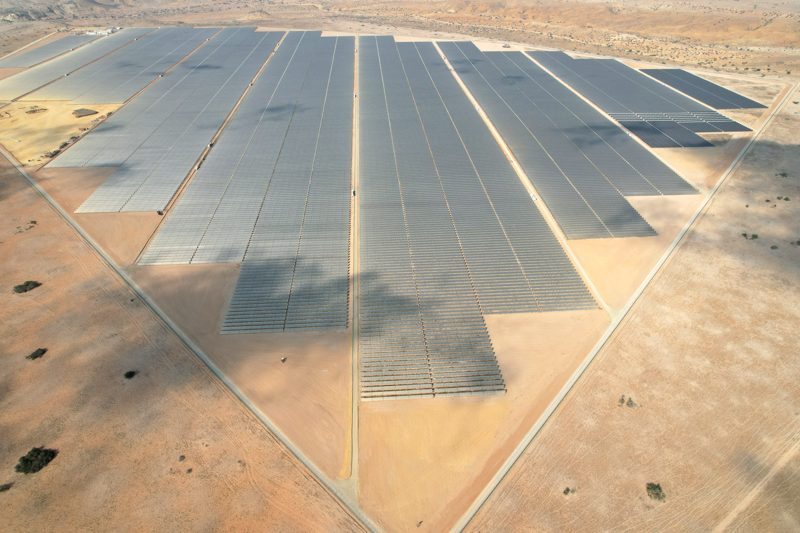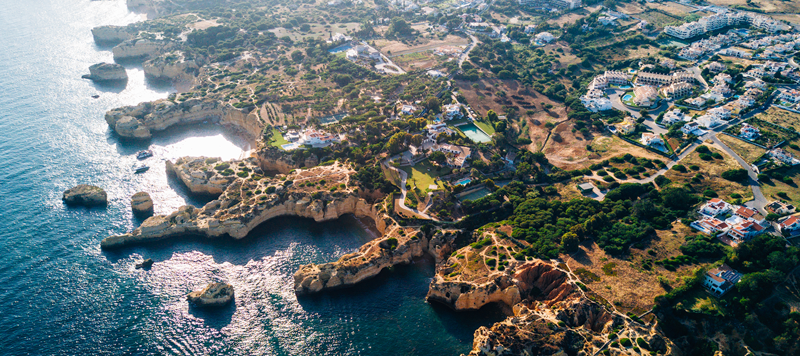Location
West Africa
Our Impact:
Livability, Sustainability
Our Specialist Brands:
Penspen, Dar
Expertise:
Energy Transition
A project to develop a strategy that diversifies energy sources and generates more sustainable power in West Africa.
Whether measured in terms of generation capacity, electricity consumption, cost of production or security of supply, Africa’s power infrastructure delivers only a fraction of the service found elsewhere in the developing world. In Western Africa countries, some of which are the poorest in the whole continent, this has an immediate impact for many people on their health, education, livelihoods, and economic opportunities.
A secondary impact is that as a substitute, many communities turn to traditional biomass fuels like wood and charcoal for cooking and heating which can lead to deforestation and environmental degradation or use fossil fuel-powered generators that are inefficient and expensive.
To improve the energy diversity and supply to the region, two of Sidara’s lead design specialists, Penspen and Dar, worked with the Economic Community of West African States (ECOWAS) to come up with the best options for balanced energy growth.
Our solution embraces renewables sources like solar and wind and off-grid solutions alongside traditional responses that develop energy from other sources, for a system that will be robust and able to continue expanding in capacity as it develops.
There are several existing collaborative efforts to close the energy gap, including the West African Power Pool, which distributes electricity among nations across the West Africa region, and the West African Gas Pipeline, which transmits gas from Nigeria to Togo, Benin, and Ghana. We saw the opportunity to expand the benefits from gas delivered by the WAGP system to each of the ECOWAS countries beyond those already connected, and to reach an additional 11 countries in West Africa, to elevate the entire region’s connectivity and build a foundation that will help them meet growing demand.
By building on the WAGP infrastructure, we can use natural gas in parallel with renewables and significantly reduce the carbon footprint of power generation, through both greater efficiency and lower emissions. For example, natural gas-fired Combined Cycle Gas Turbine plants are a form of highly efficient energy generation technology that combines a gas-fired turbine with a steam turbine.
They generate about half of the amount of CO2 compared to burning coal to produce the same amount of energy. This, coupled with the greater efficiencies of these gas-burning electricity production plants, has led to dramatic declines in the use of coal-fired production.
Gas turbine plants work well alongside renewable power plants because of these benefits. Renewable power plants generate electricity supplies from wind, solar, and wave power, while gas turbine plants provide a base load supply and take up the slack in energy production from these variable renewable sources.
By aligning an increase in access to an increase in renewable energy development, we can bring about balanced energy and economic growth with positive environmental impacts.
By increasing the availability of electricity, 367 million people in West Africa will be able to switch on a lightbulb for longer than six hours a day – a starting point for better living conditions. Healthcare services and schools will be able to focus on delivering positive outcomes, rather than worrying about their power supply. Industry can focus on economic growth, and government can prioritize social progress.
Location
West Africa
Our Impact:
Livability, Sustainability
Our Specialist Brands:
Penspen, Dar
Expertise:
Energy Transition



